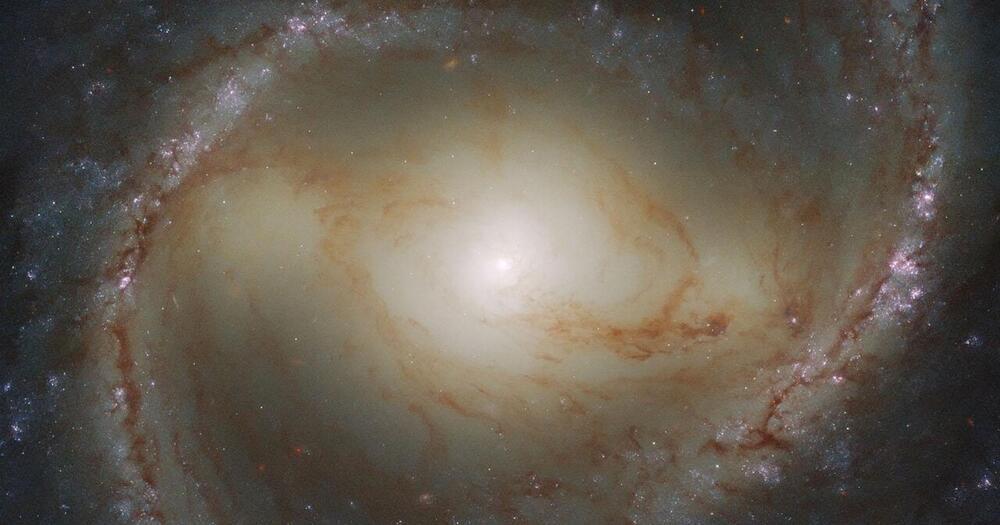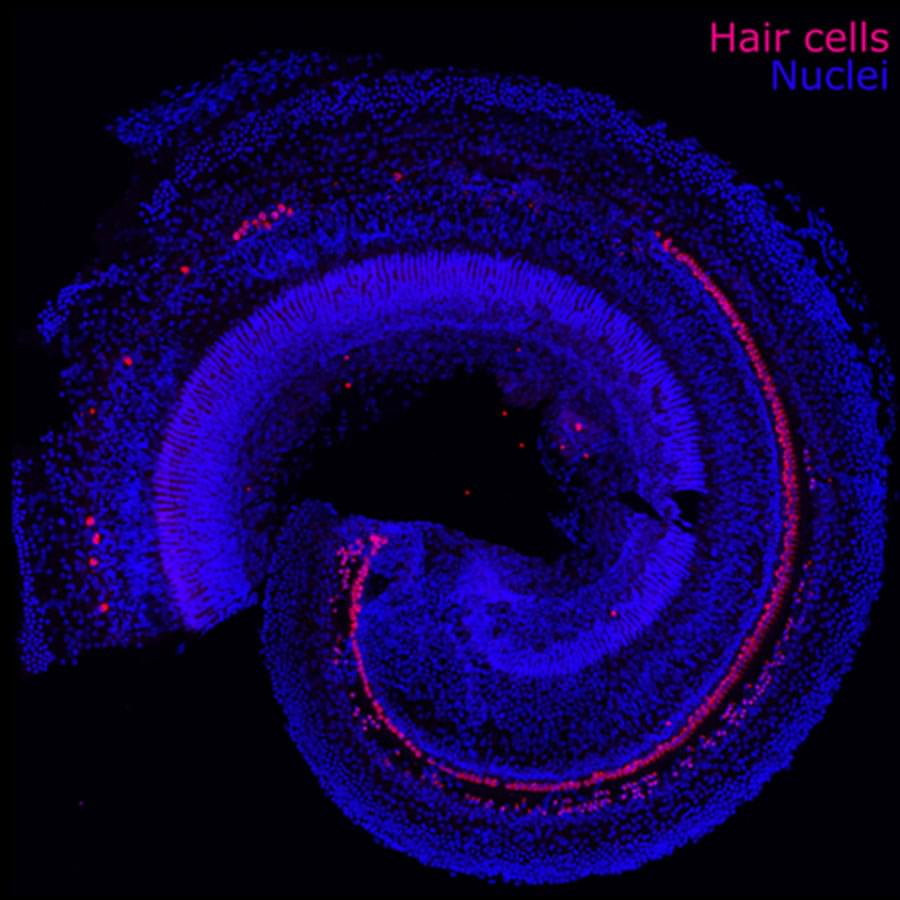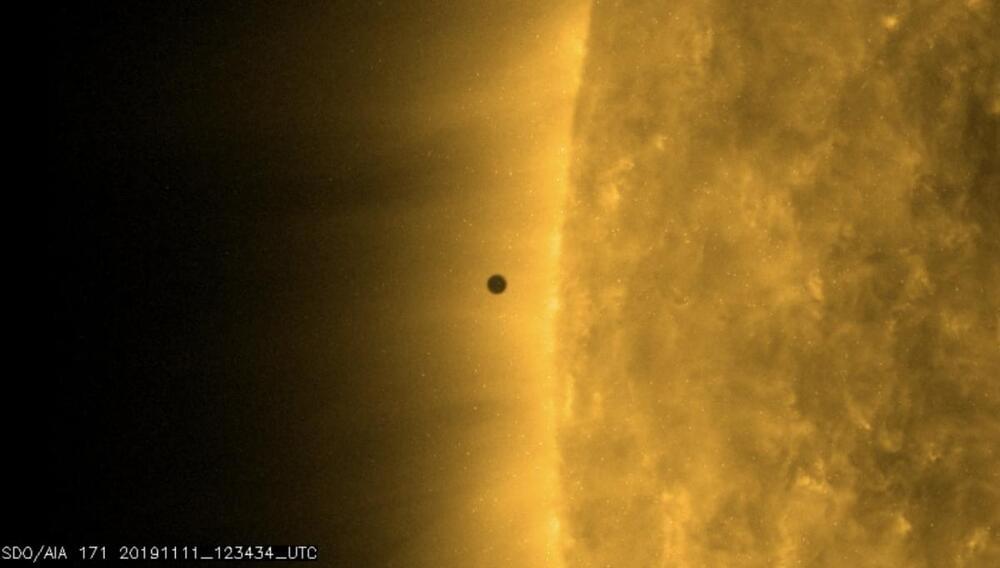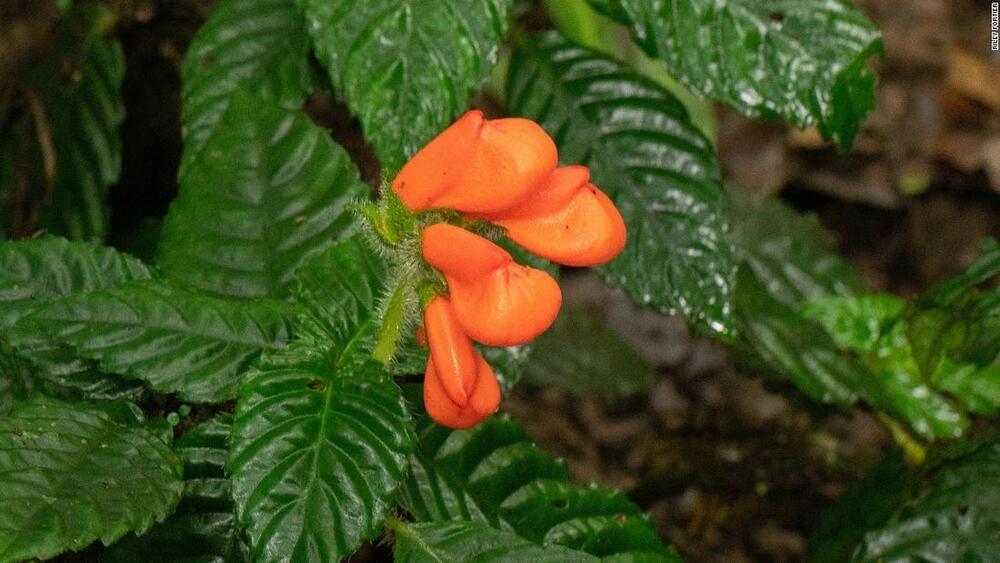In our own not-so-distant future we’ll witness the emergence of synthetic superintelligence as a new kingdom of life. Whether that will happen in 5 or 50 years doesn’t really matter, we are firmly on the path of facilitating its emergence — synthetic intelligence is an extension of us, natural intelligence, the future version of ourselves. On a long billions-of-years evolutionary journey from the first primordial prokaryote to a Solaris-like planetary mind, we’re merely years away from this cardinal metamorphosis.
#CyberneticTheoryofMind #consciousness #evolution #mind
“Consciousness cannot be accounted for in physical terms. For consciousness is absolutely fundamental. It cannot be accounted for in terms of anything else. ―Erwin Schrödinger.








